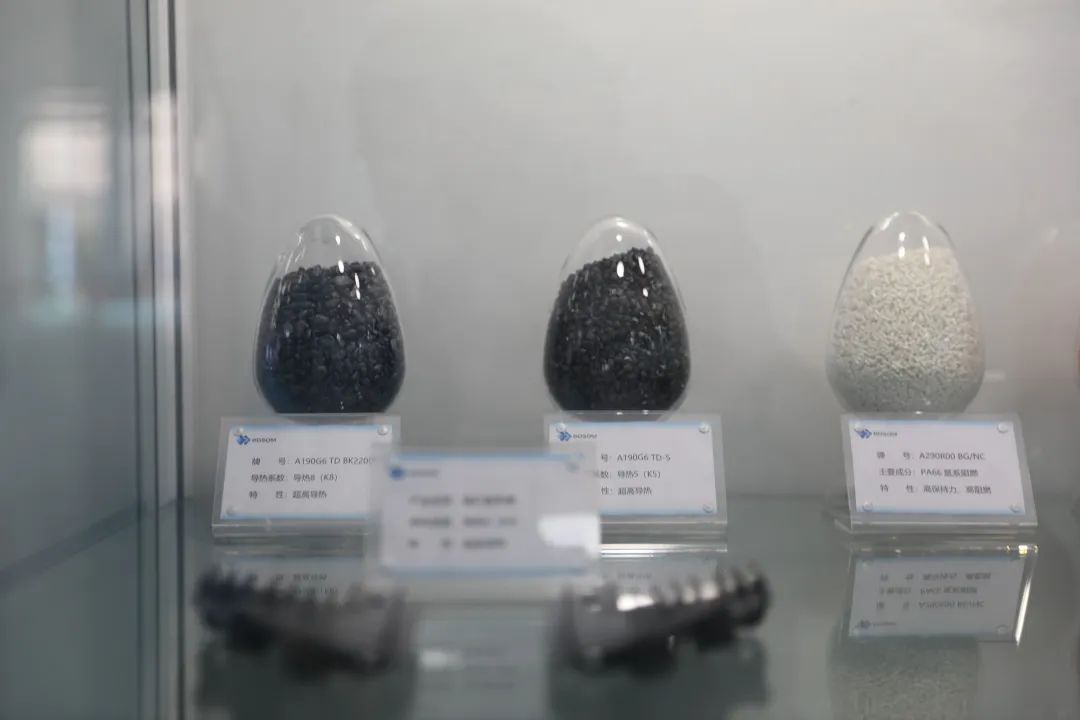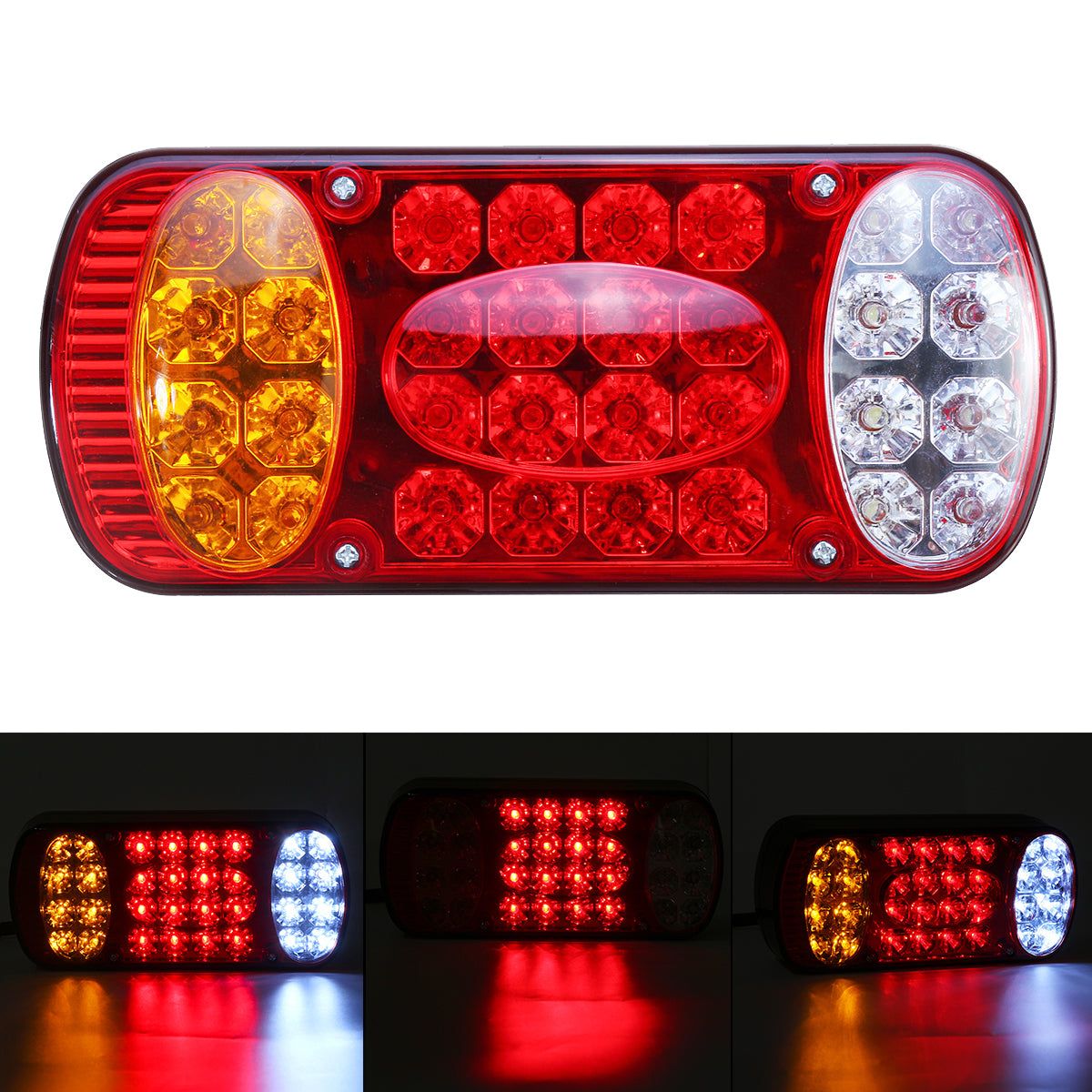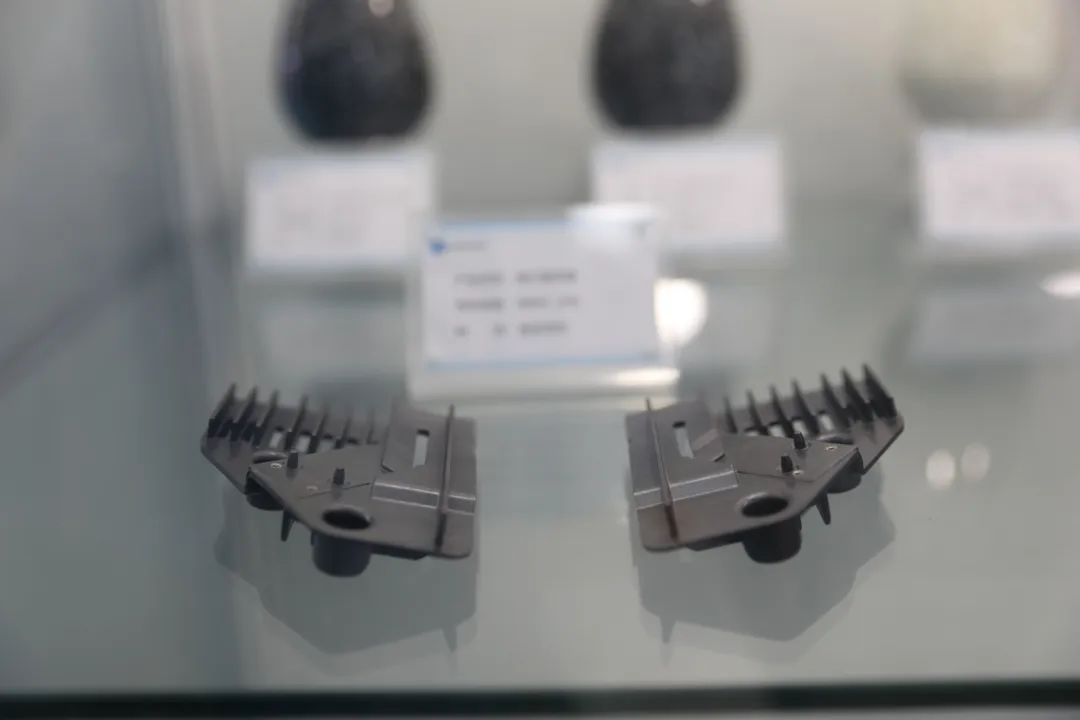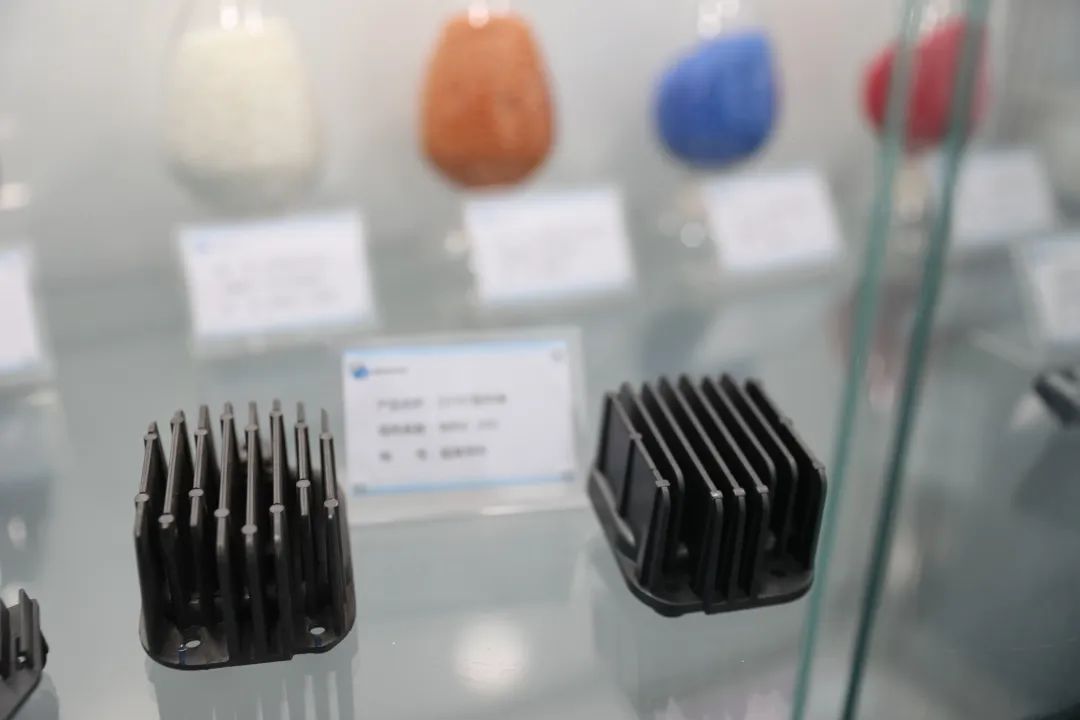Heat sinks for electronic products are structural components with a wide range of applications, including consumer electronics, servers, motors, LED lighting products, etc., all involving the use of heat dissipation materials. Electronic products in the process of use will be part of the electrical energy into heat, if the heat does not dissipate in a timely manner will affect the performance of the equipment. Radiator has been more than the use of aluminum, but aluminum radiators have some defects, such as the weight of large, complicated post-processing processing, production process pollution.

The emergence of thermally conductive modified plastics is a good solution to these problems. The density of aluminum is 2700kg/m3, while the density of thermally conductive plastic is less than 2000kg/ m3, which means that the shape of the same radiator, thermally conductive plastic radiator weight is lighter.
For lighting fixtures, weight is an important influence on their transportation, installation and fall hazards. In addition, the main processing method of aluminum is die-casting or stretch molding, in the production process can not be more complex shape processing, while the plastic flow is good, you can design a more complex and thinner shape, modified plastic can improve the freedom of design; plastic thermal conductive materials can be formed in one go, no post-processing, the production of high efficiency, and the production process produces almost no toxic pollution, and so on.

At present, heat dissipation modified engineering plastics have been promoted on a large scale in the field of LED lighting, and the application in the field of new energy vehicles is also being actively promoted. The LED chips of the lights are more powerful, and the heat dissipation requirements are more demanding, while the narrow engine compartment determines the heat sink for lights to pay more attention to structural design and weight.
From the huge capacity of the existing market and the many advantages of high thermal conductivity modified engineering plastics over traditional aluminum heat dissipation materials, the market prospect of "plastic instead of aluminum" is good.
With the joint efforts of industry experts and our material engineers and structural engineers, the "plastic to aluminum" heat sink has been verified and applied in batch in many models, reducing cost by 20%+, weight by 30%+ and improving supply chain for customers. It has opened the door of "plastic to aluminum" headlight radiator for headlight industry.


After testing, the high thermal conductivity nylon radiator meets the current demand for rear fog lamps in terms of heat dissipation performance and parts performance, and the performance changes are small after long-term aging and endurance testing, so it can replace the current aluminum radiator for fog lamps.











